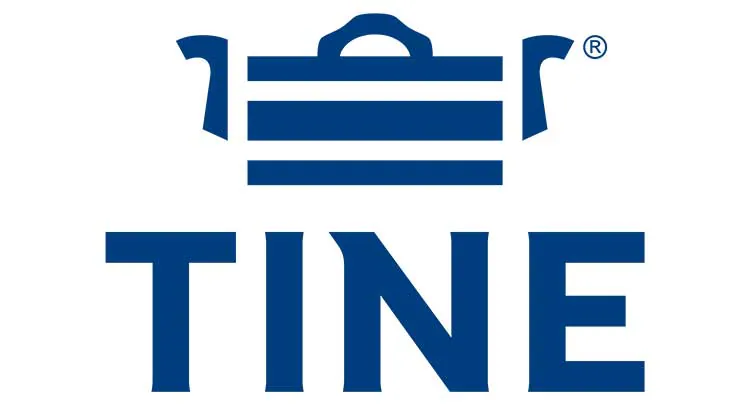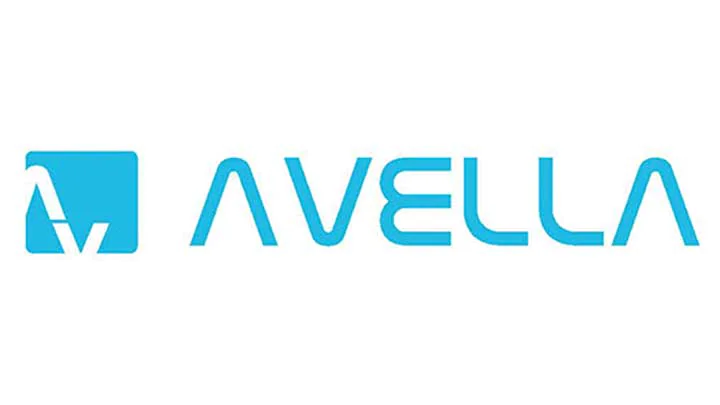
More than 7,000 dairy farms dot Norway’s dramatic terrain. Every day, TINE trucks traverse the country’s massive fjords and mountains to collect milk from the farms and deliver it to the company’s 30 processing plants. From there, TINE ships the milk and other dairy products across the country and the world.
“We like to say we have the most complex value chain in Norway,” says Siri Torgersen, Head of Data and Integration at TINE.
For years, TINE’s complex value chain grew organically, without an overarching plan. Factories, warehouses and distributors all had to share data with one another, but the manner in which they did so varied widely.
“People were doing ad hoc integrations with no common methodology or technology, creating point-to-point integrations between our systems and causing a classic spaghetti architecture,” explains Torgersen. “That led to high operational risk and a lot of manual maintenance tasks. Much of our time was focused on operations instead of new development and more value-giving activities.”
Long supply chain
TINE’s supply chain includes 30 processing plants
Integration of legacy systems
The integration effort included 32 legacy systems
Integrations
TINE is now actively maintaining > 100 integrations
The point-to-point integration architecture also made it difficult to address inefficiencies in TINE’s value chain. Trucks weren’t always filled to capacity or sent on the most efficient routes, which meant that instead of milk being used for the most high-value products—like TINE’s world-famous Jarlsberg brand cheese—it was diverted to more low-value uses like powdered milk. Addressing these problems would require a more flexible, scalable approach to integrations.
When a new CIO joined the organization in 2018, he saw the tangled integration architecture and its impact on the business. It was clear that something had to change.
TINE has used IBM technology for many years, so the IT team’s first step toward integration modernization was to ask IBM to recommend a consultancy service. IBM pointed TINE to Norway-based IBM Business Partner Avella, which specializes in integration, architecture and automation. Avella helped TINE develop a new integration architecture based on the IBM Cloud Pak® for Integration platform, including IBM API Connect®, IBM® App Connect Enterprise and IBM MQ technology.
Together, TINE, IBM and Avella developed the TINE Central Integration Competency Center, an interface that project owners across TINE can use to request new business integrations. This approach allows TINE to prioritize the most business-critical integrations involved.
New integration requests now go to TINE’s Integration Factory, which is headed up by Roger Høgli, Integration Supervisor at TINE. By funneling all new integrations through the competency center, TINE can be sure that they all follow a specific methodology based on IBM Cloud Pak for Integration technology. In the two years since the new workflow was established, the Integration Factory has grown increasingly busy.
“As it stands today, we’re maintaining more than 100 integrations,” says Høgli. “It’s been quite complicated, and we have projects coming in all the time, some of which are fairly large. We’re continuously finding ways to improve things. We’re using IBM Cloud Pak in interesting ways to make governance easier, especially by using IBM API Connect, which has proven to be quite the boon for us.”
He explains: “We build integrations in IBM App Connect Enterprise, then expose them to IBM API Connect, using the governance built into IBM API Connect to make sure that the people who own the applications are the ones responsible for making sure the application consumption remains steady. In that way, we’re using IBM API Connect to be the gateway for both reuse and for protecting the back end from abuse.”
The new approach to integration has resulted in numerous business benefits for TINE. For example, the organization used the IBM Cloud Pak platform as an essential part of the development of an Advanced Planning and Scheduling (APS) solution. The APS solution, implemented in collaboration with Avella and deployed on Microsoft Azure, pulls data from 32 legacy systems, including ERP, distribution and customer systems, integrating the data and applying planning algorithms that help ensure that trucks are filled and delivery routes are optimized. As a result, TINE’s transportation costs have decreased, and the company has been able to move milk more efficiently, allocating a greater supply of fresh milk to high-value products and reducing the amount that is relegated to lower-value products.
Another of TINE’s successful integration projects is called the Yard Manager. In the past, when a new truck arrived at TINE’s warehouses, the warehouse workers had no way to know which dock the truck would be using. As a result, they were always in a reactive mode, hurrying to deliver products to the trucks after they’d arrived. With the Yard Manager solution, warehouse workers know ahead of time which trucks will be arriving at which docks, so they can prepare shipments proactively. “Loading the trucks is much more efficient now. It’s been a great success, and the warehouse workers are very happy with the new app,” says Torgersen.
After several years using its more elegant approach based on IBM Cloud Pak for Integration, Torgersen and Høgli are now thinking about breaking up the Integration Factory and sending integration developers out to separate product teams as needed. The Central Integration Competency Center will become more of a governing institution, making sure that project teams are maintaining the integrity of TINE’s new integration architecture.
For Torgersen, that move will bring the organization one step closer to realizing TINE’s long-term vision: “We want to ensure that the data at TINE is liberated and democratized, so that it flows seamlessly across the company and those who need data can access it in one single, common truth.”
With a history that dates back more than 160 years, TINE (link resides outside of ibm.com) is Norway’s largest producer, distributor and exporter of dairy products. It is owned by a cooperative of more than 8,000 Norwegian farmers working on more than 7,000 dairy farms. Its products include a full range of dairy products, as well as many other food and beverage items.
Founded in 2007, Avella (link resides outside of ibm.com) is a consulting company specializing in integration, architecture and automation. Its services cover everything from strategic planning to ongoing solution management. Avella has approximately 30 employees, and its CTO, Thor Ingham, was named an IBM Automation Champion for 2022. Avella’s head offices are in Oslo, Norway, but it serves the entire Nordic region.
Legal
© Copyright IBM Corporation 2022. IBM Corporation, IBM Cloud, New Orchard Road, Armonk, NY 10504
Produced in the United States of America, May 2022.
IBM, the IBM logo, ibm.com, IBM API Connect, and IBM Cloud Pak are trademarks of International Business Machines Corp., registered in many jurisdictions worldwide. Other product and service names might be trademarks of IBM or other companies. A current list of IBM trademarks is available on the web at ibm.com/trademark.
This document is current as of the initial date of publication and may be changed by IBM at any time. Not all offerings are available in every country in which IBM operates.
The performance data and client examples cited are presented for illustrative purposes only. Actual performance results may vary depending on specific configurations and operating conditions. THE INFORMATION IN THIS DOCUMENT IS PROVIDED “AS IS” WITHOUT ANY WARRANTY, EXPRESS OR IMPLIED, INCLUDING WITHOUT ANY WARRANTIES OF MERCHANTABILITY, FITNESS FOR A PARTICULAR PURPOSE AND ANY WARRANTY OR CONDITION OF NON-INFRINGEMENT. IBM products are warranted according to the terms and conditions of the agreements under which they are provided.

